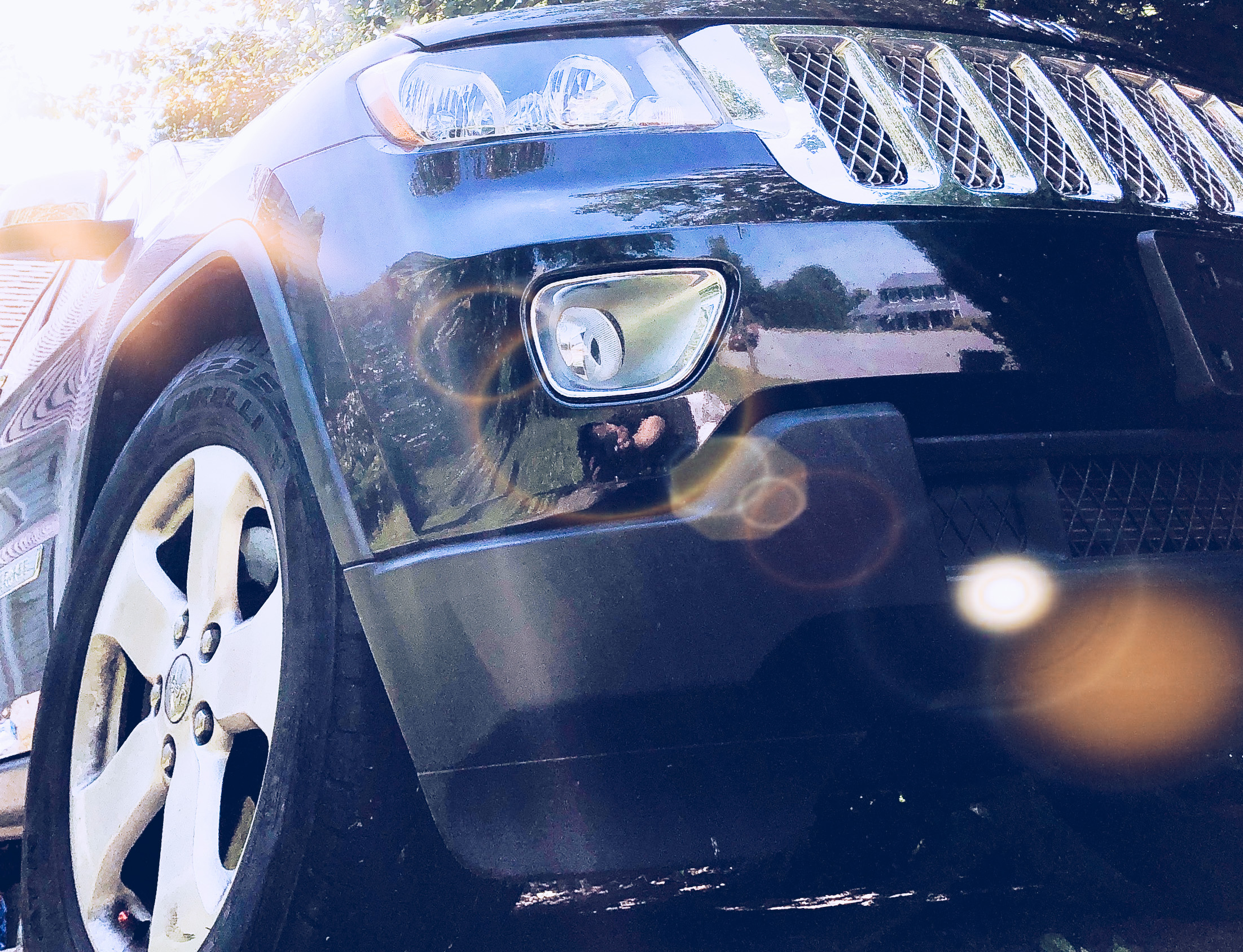

DIGITAL PHOTOGRAPHY
W H A T ?
Photography was one of my first introductions to a technology that captured images. In those days, it was on film, which required an entirely different level of developing processes in order to obtain an actual image that could be used for a project. With digital photography, all of that has been eliminated, so a user can get right to the creative applications. An array of software is available that allows the user to manipulate the image in many different ways that years ago could not have been possible unless one had access to highly sophisticated professional equipment. Now, all one needs is a decent computer, a software package, and a printer. I use Photoshop, which has been my go-to app to process digital photos since the early 2000s. Even the means to capture images has become less complex amd more user friendly. A cell phone has now become the "camera" of choice for many people due to its convenience and easy learning curve. The point-and-shoot ease of cell phones, combined with their better-than-average optics, is ideally suited to classroom applications as most students have access to them. For students without this access, compact point-and shoot-digital cameras can be obtained by school for student and faculty use.
SO W H A T ?
This project aligns with ISTE standard 1d: "Students understand the fundamental concepts of technology operations, demonstrate the ability to choose, use and troubleshoot current technologies and are able to transfer their knowledge to explore emerging technologies." A lesson objective could be that students use some capture device, shoot X amount of pictures, export them to a computer, and use ( ) software to crop, manipulatee the colors, brightness, contrast, and/or add special effects. Assessment could be printing the final product, or uploading them to a common cloud-type location.At the beginning of the lesson, a tutorial on best practices for taking photos could be introduced, as well as a teacher-led demonstration on how to use the digital photo editing software. Printed photos also make excellent content for bulletin boards, as well as being printed on other media including T-shirts, coffee mugs, and mouse pads.
N O W W H A T ?
Digital photography has the potential to cross the curriculumvery effectively, most evidently as a means to document the progress of any student project. It is also offers students to opportunity to capture their experiences in the outside world and bring them into the classroom to share with others. Students can develop their ability to think in a linear fashion as they can document the progression of a process, as in a science class experiment, for example. I see digital photography as the first step toward learning videography. Skills such as camera shot aesthetics can be first covered in this medium. Organizing ideas in a linear fashion in digital photography is a natural extension of how onje organizes thoughts and ideas in writing. This very same skill can be transferred to videography. I see the natural progression of technology in the presentation of ideas. This will be covered further in my final statement.
C O N T E N T